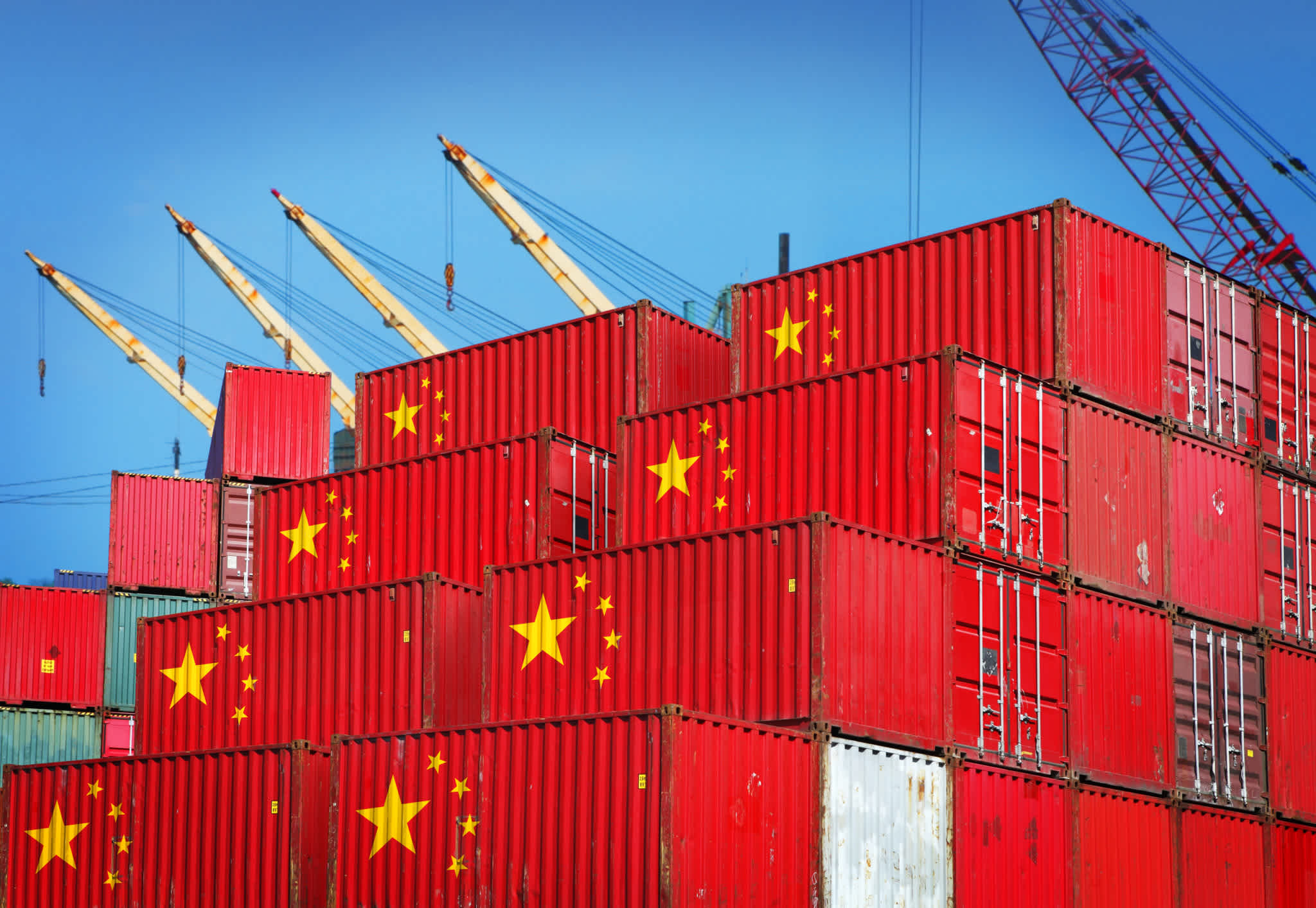
February 24, 2016
DHL Global Forwarding Failed on Software, and That’s Why It’s Being Sold So Cheaply
DHL Global Forwarding Failed on Software, and That’s Why It’s Being Sold So Cheaply
Deutsche Post’s DHL Global Forwarding is rumored to be for sale, and Japan Post is the most likely buyer. Although the CEO of Deutsche Post has denied the rumor, what’s most newsworthy is the quoted price: The estimated acquisition of $4 billion represents a massive destruction of shareholder value.
Since 2000, DHL has spent more than $10 billion acquiring freight forwarding and other logistics businesses. The two most significant acquisitions that make up DHL Global Forwarding are Danzas, acquired in 2000 for over a billion dollars, and Exel, acquired in 2005 for $7.6 billion. In 2015 dollar values, these two acquisitions alone total over $10 billion.
The company then spent another $1 billion in a failed attempt to build a unified IT backbone to tie together the acquisitions. Late last year the company killed the project, known as New Forwarding Environment, deciding to stick with its legacy systems. In an object lesson on the risks entailed in roll-up strategies dependent on massive IT integrations, Deutsche Post now appears ready to cut its losses and sell the division at a huge discount.
Consider that DHL Global Forwarding generated more than $16.5 billion in revenue in 2014. At a purchase price of $4 billion, that’s a sales multiple of just 0.24X. Expeditors, its strongest rival in the U.S. market, currently trades at 1.3X revenue. If DHL Global Forwarding could be priced at Expeditors’ revenue multiple, its price would exceed $21 billion.
How can a company that made this many acquisitions, and generates this much revenue, be worth so little?
My best attempt to explain why DHL Global Forwarding was not a success starts with the failure of DHL to build a technology backbone. The business never actually managed to connect all of these different businesses into a unified system. Without modern technology, the company wasn’t able to differentiate on client experience, and continues to suffer from higher transaction costs relative to companies with more streamlined IT systems.
It wasn’t for a lack of trying. The firm spent over €750 million in 2012, which is close to $960 million 2015 dollars, to build a technology system to integrate all of its different acquisitions. But the effort ended up a mess, with the company going back to its systems and taking a massive write-off on the project.
There are two ways logistics companies can attain scale: Through acquisitions, or with technology. Technology might limit how quickly you can grow, because you can’t acquire your way to scale. On the other hand, scale eventually becomes a hindrance to the acquirer as it struggles to tie together legacy platforms.
If you want to succeed at technology, it’s often far better to start from scratch with a new system that can evolve with the needs of the business. When you start small, you have the ability to put the technological infrastructure in place that can scale. It’s better to design a modern airplane from scratch than to install a jet engine on the Wright Flyer. DHL Global Forwarding acquired huge businesses and never really solved the technology puzzle; in the process, it destroyed a huge amount of shareholder value.





